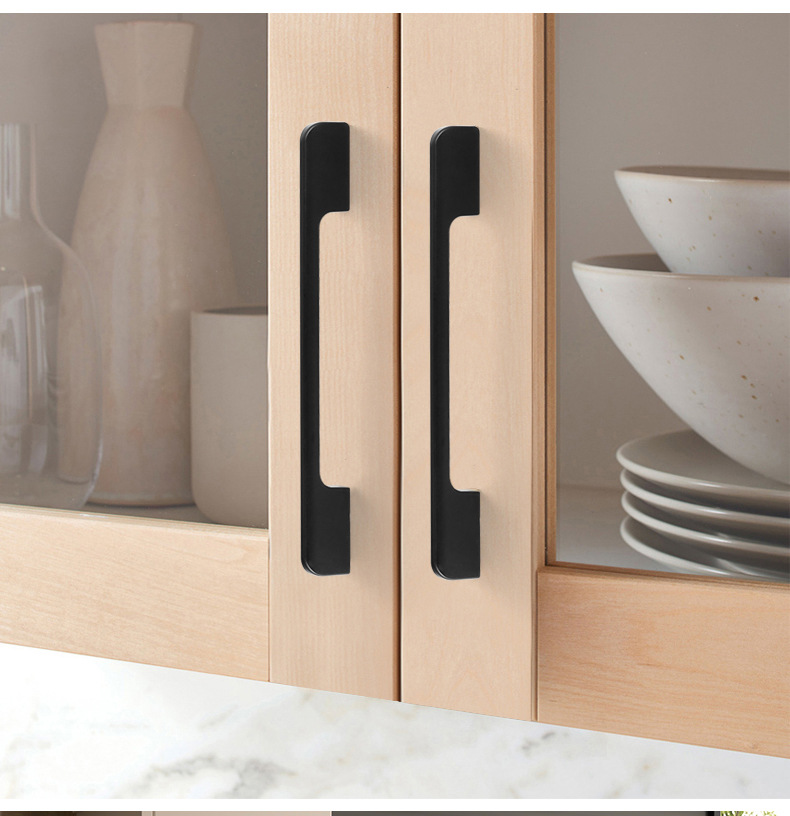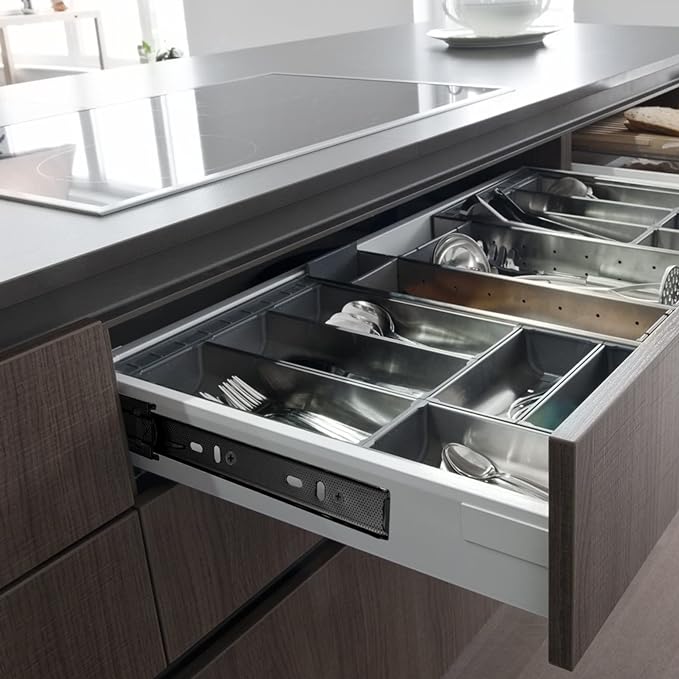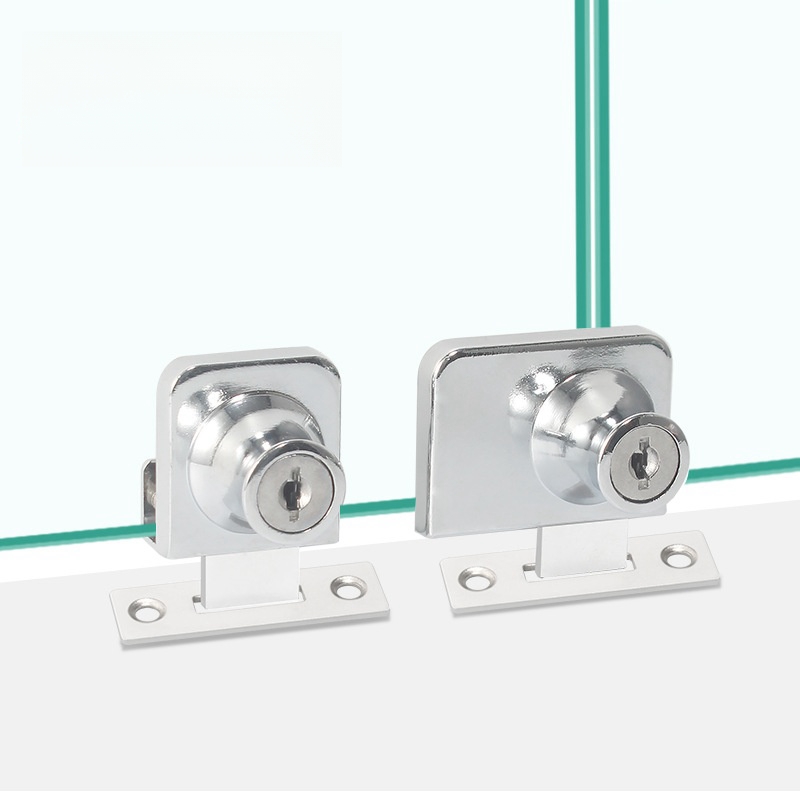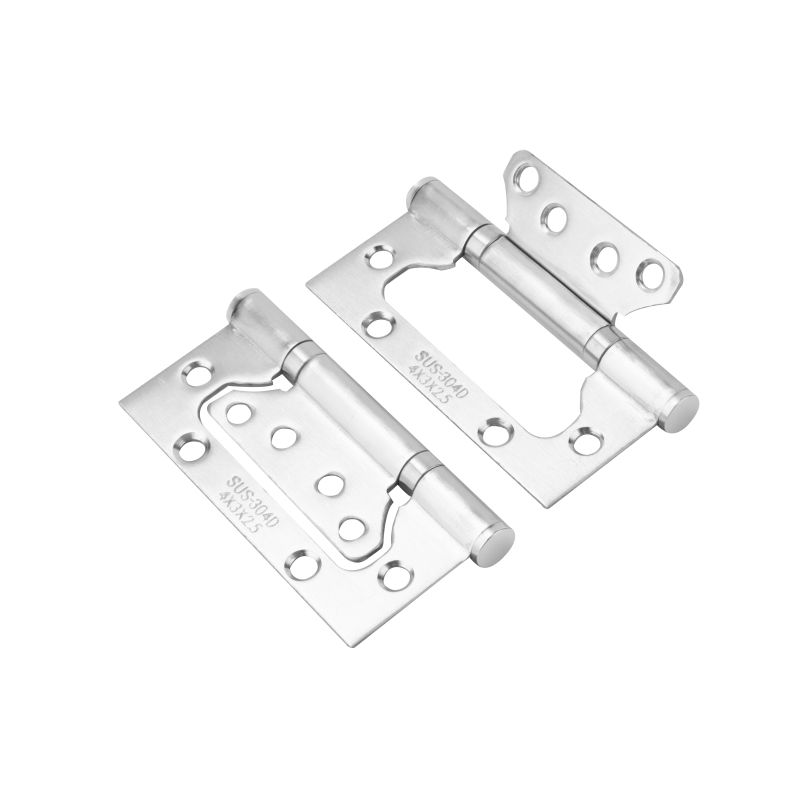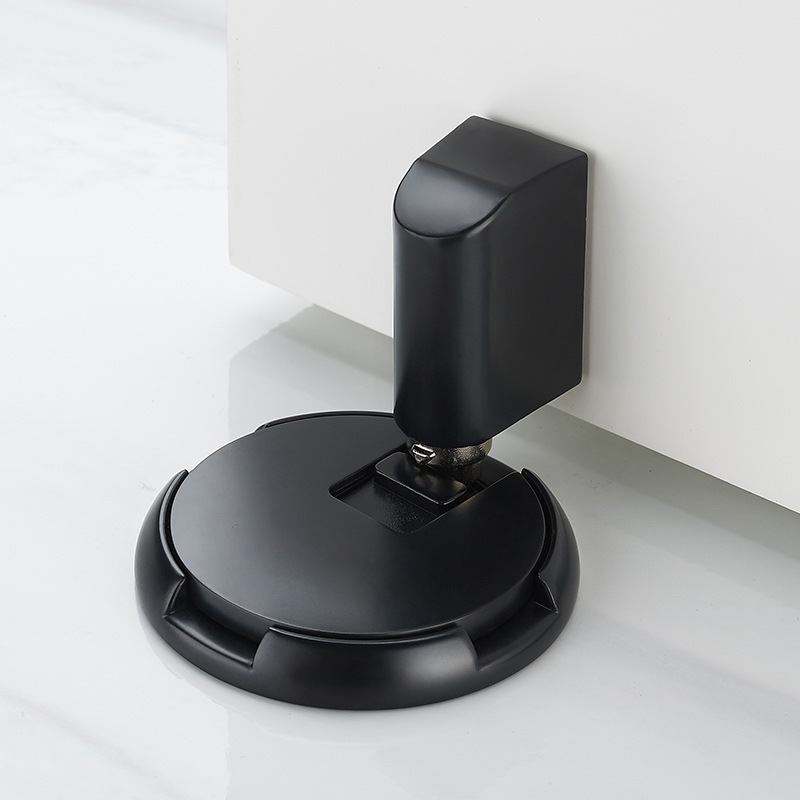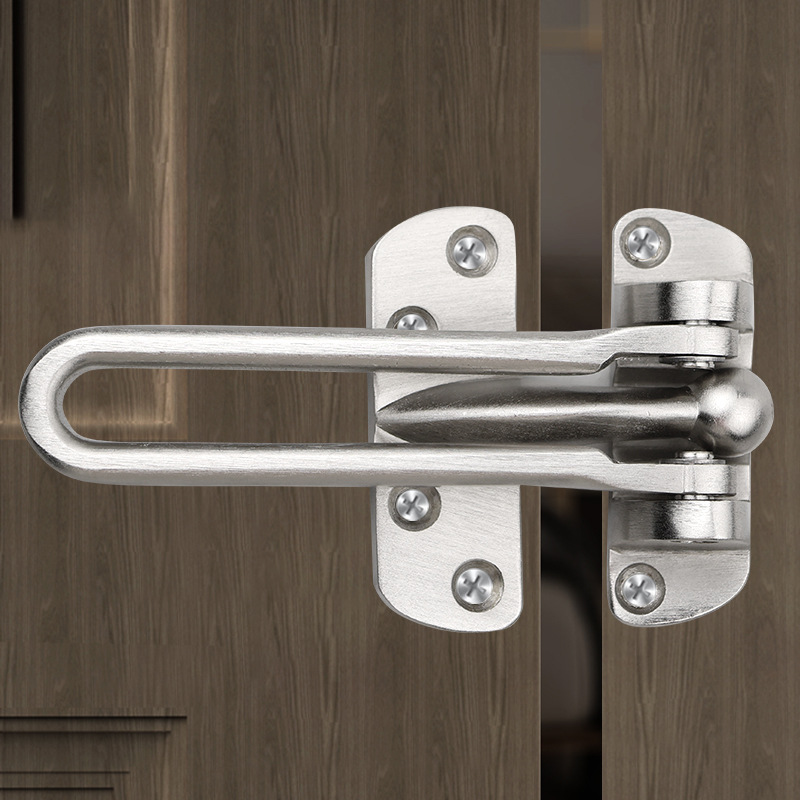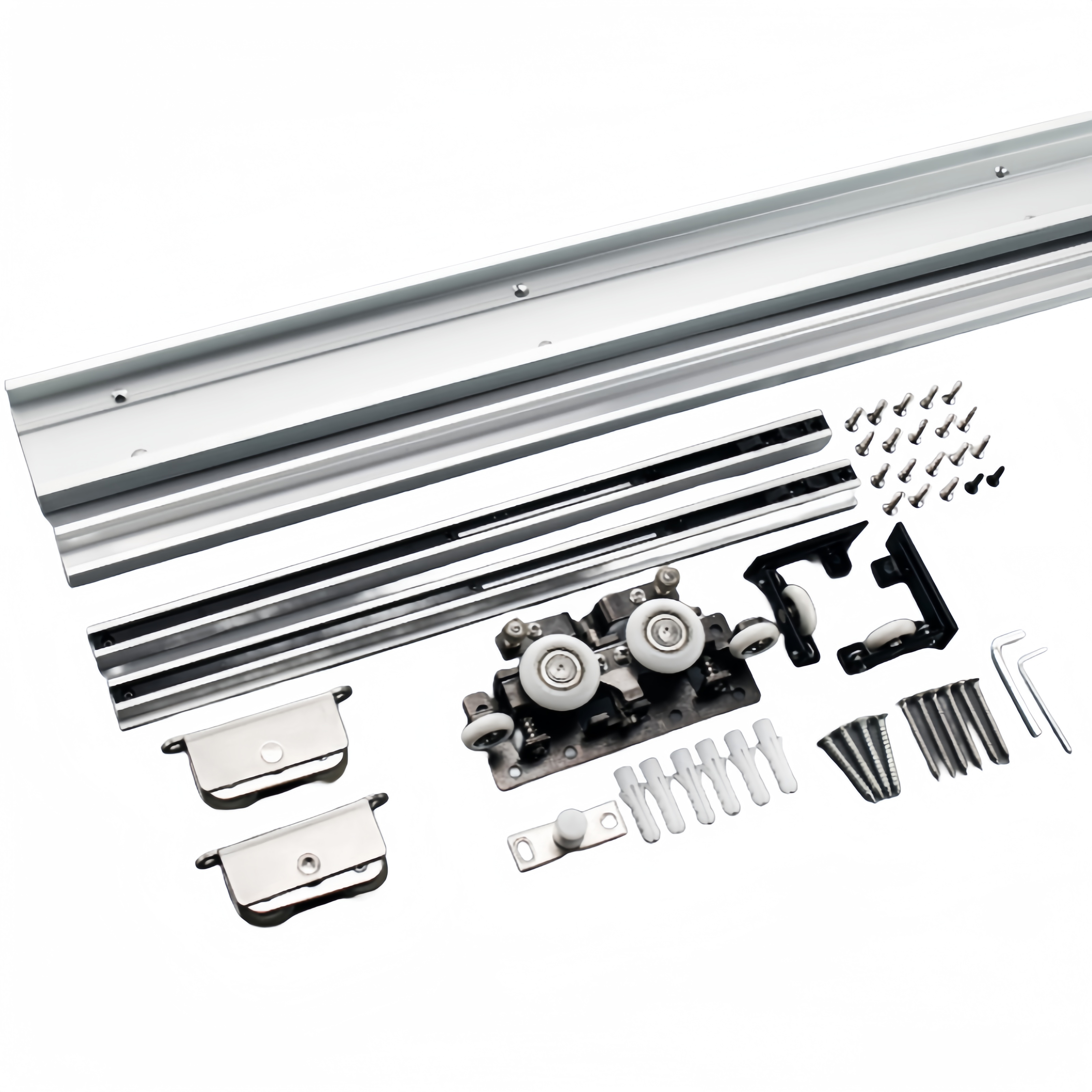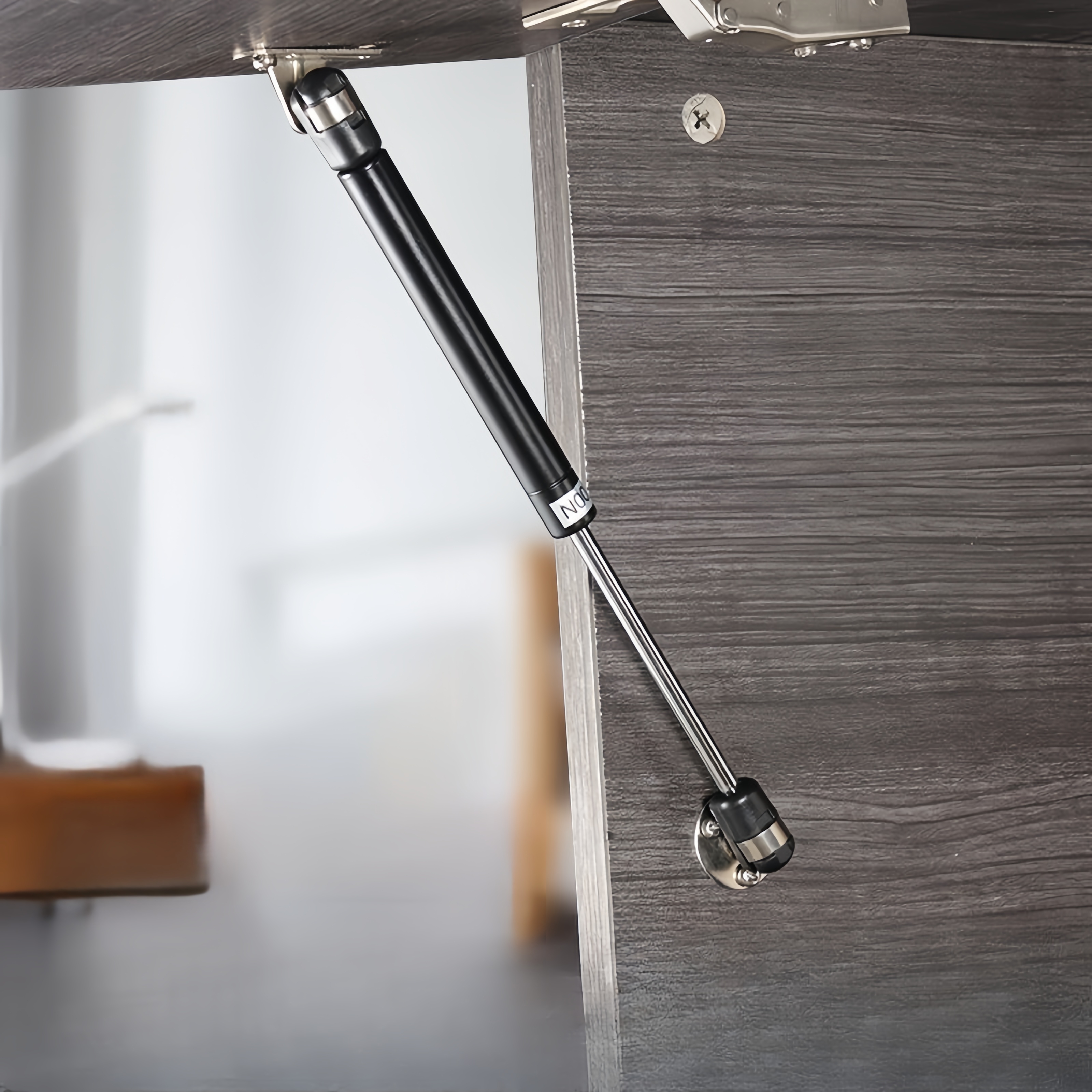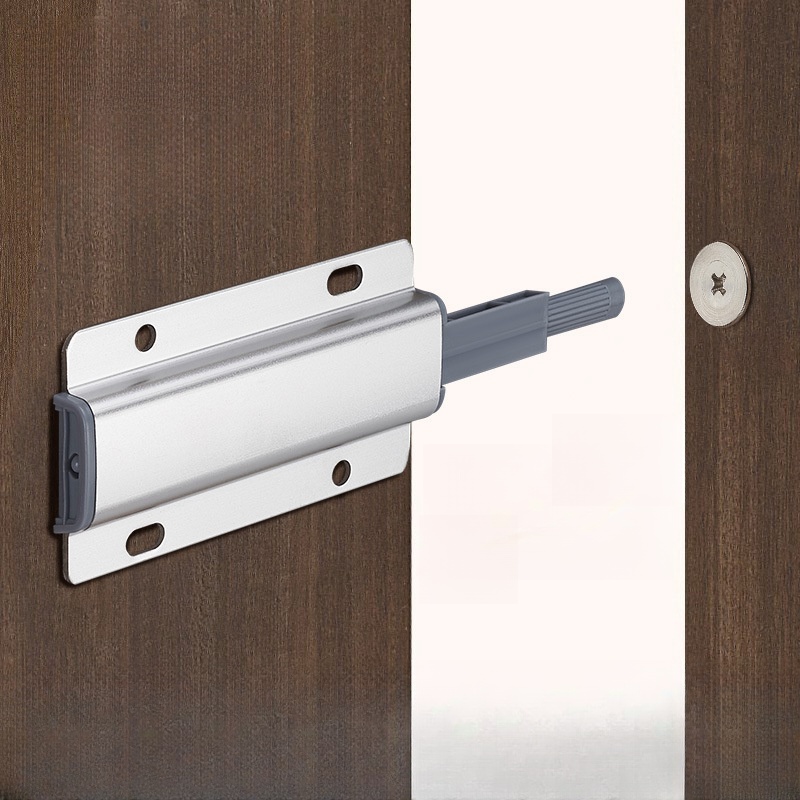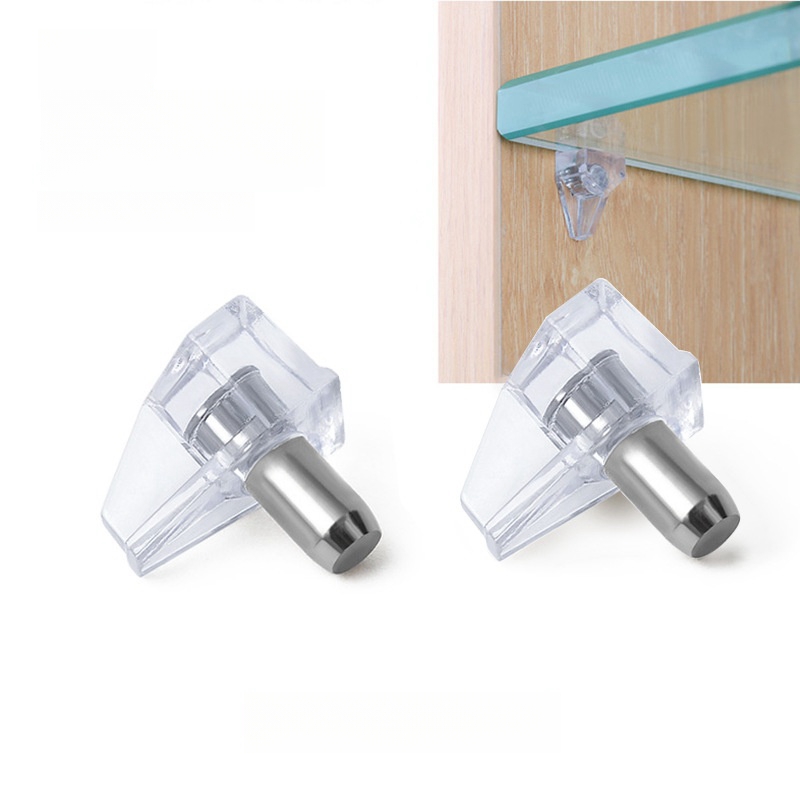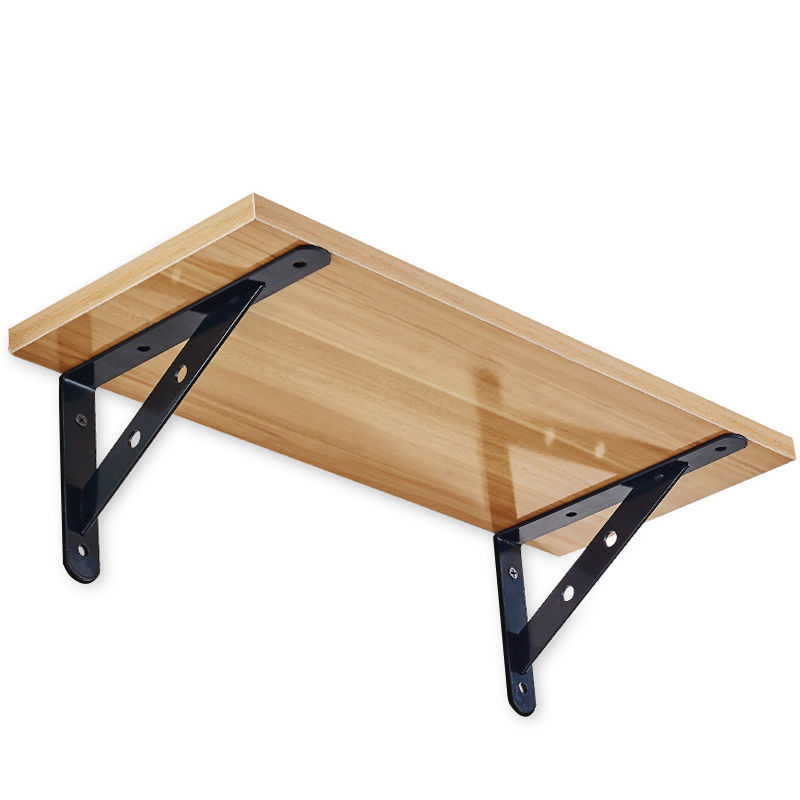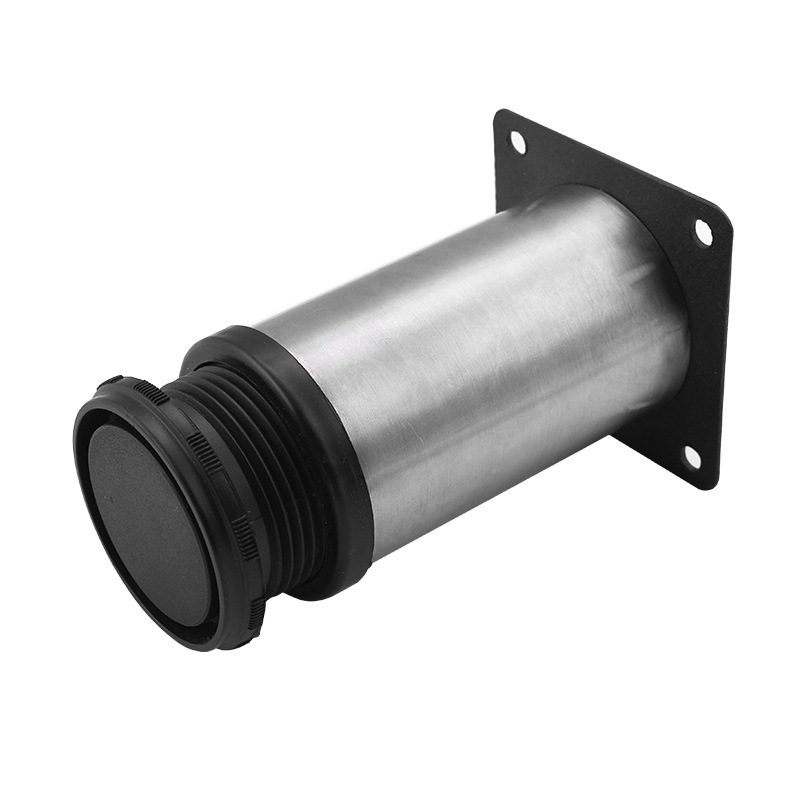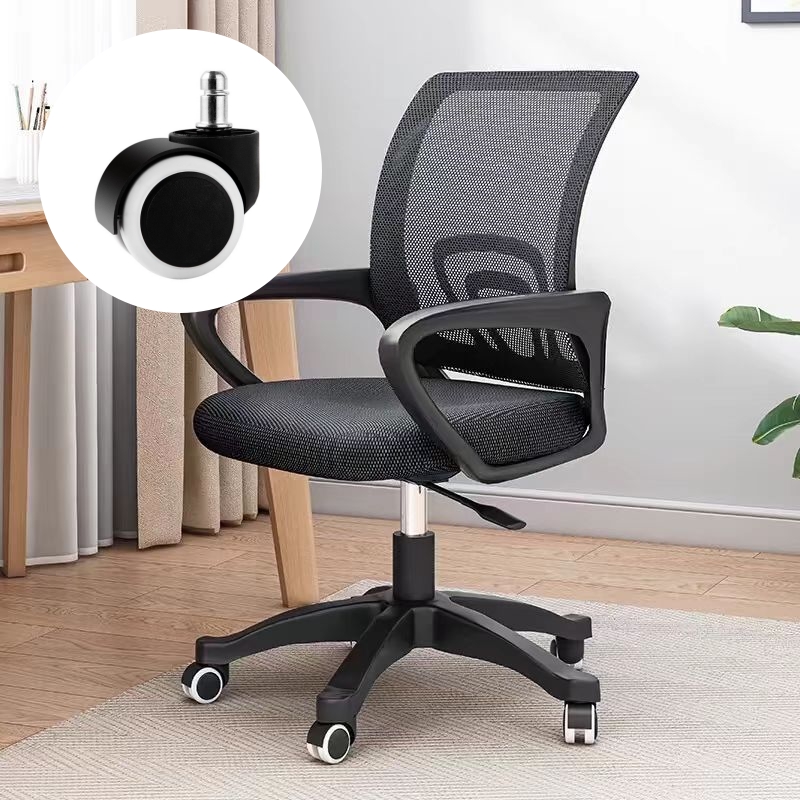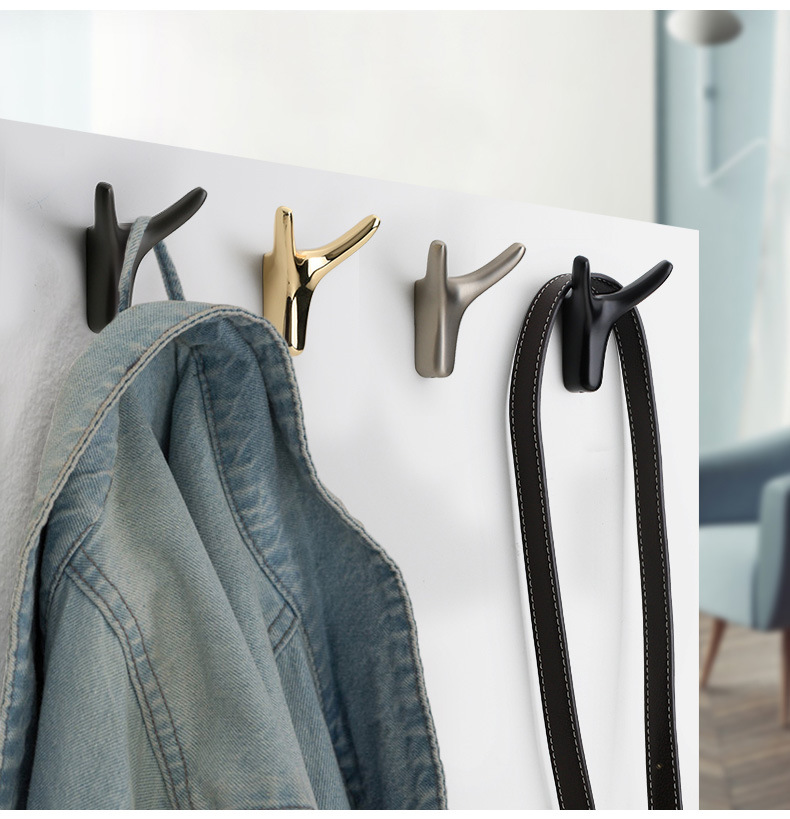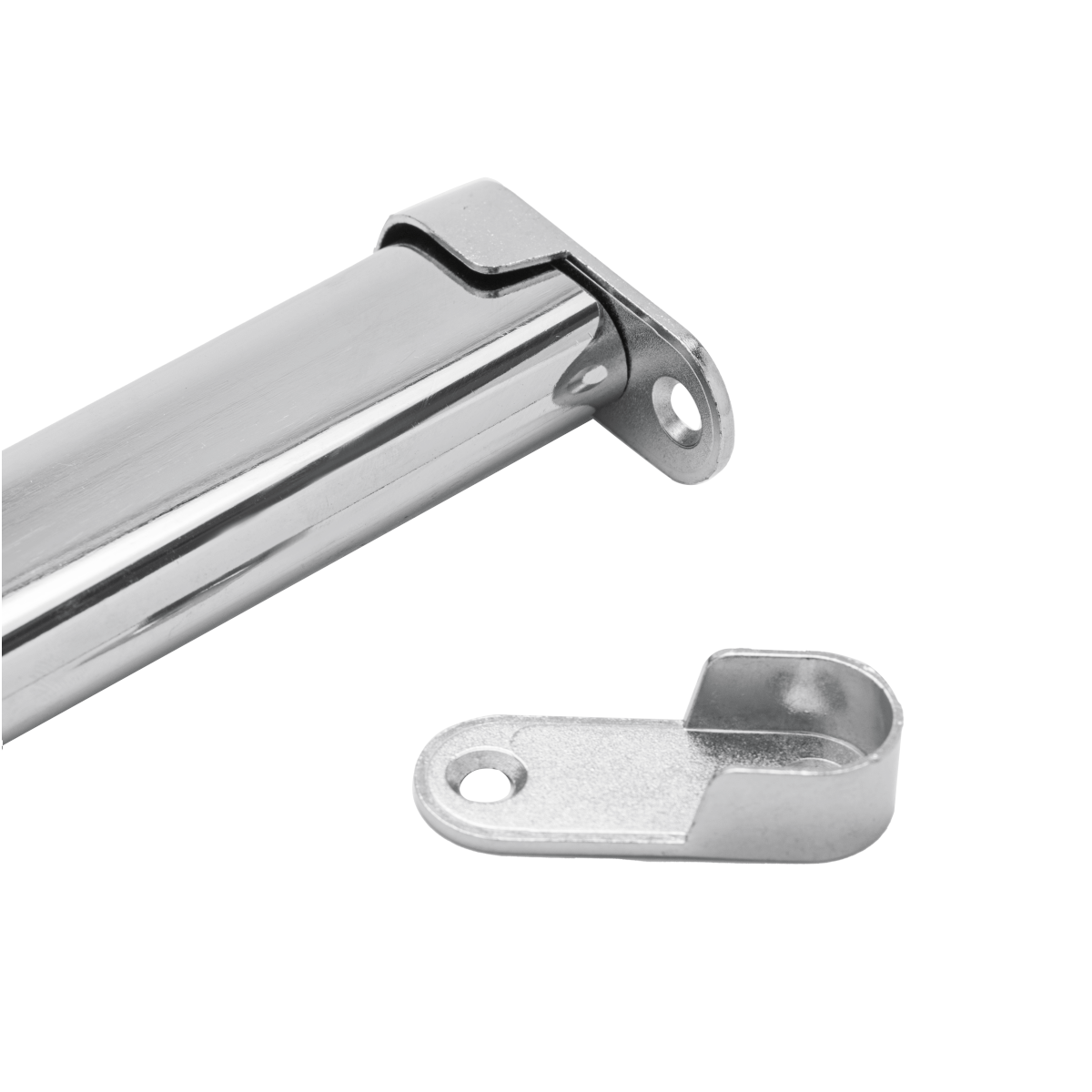
ABOUT
Guangzhou Toplink hardware Co., Ltd specialized in the production and export of furniture hardware fittings, with an experience of more than 14 years.
Our main products are drawer locks, cabinet hinges, sliding rails, cabinet handles, casters, cabinet legs and connecting fittings etc..
With a complete range of products, excellent performance and reasonable prices we have built up business with many customers all over the world.
We are committed to strict quality control and considerate customer service. We sincerely looking forward to becoming your best choice and the most reliable partner!
PRODUCTS
closet clothes hanger bar
Types of Closet Clothes Hanger Bars
The first key aspect to understand is the sheer variety of closet clothes hanger bars available. They aren’t all created equal. From simple, single rods to elaborate, multi-tiered systems, the options cater to a wide range of closet sizes and storage needs. The most basic type is the single rod, usually made of metal or wood, providing a straightforward solution for hanging clothes. These are ideal for smaller closets or for people with a relatively small wardrobe. However, for larger closets or those with expansive clothing collections, double or even triple rods offer significantly increased hanging capacity, allowing for efficient layering of clothing.
Beyond the number of rods, the configuration also plays a critical role. Some bars are designed to be mounted directly into the wall studs, offering superior stability for heavier loads. Others utilize brackets that attach to the closet walls, providing flexibility in placement and potentially accommodating uneven wall surfaces. Furthermore, corner closet rods are specifically designed to maximize space utilization in often-underutilized areas of the closet. These rods are usually curved to accommodate the corner's angle, allowing for efficient hanging of clothes along the otherwise wasted space.
Finally, retractable rods represent a space-saving innovation, particularly useful for smaller closets. These rods can be extended outwards when needed and retracted back into the wall when not in use, minimizing their footprint and maximizing floor space.
Materials and Durability of Closet Clothes Hanger Bars
The material of a closet clothes hanger bar directly impacts its durability, aesthetic appeal, and overall lifespan. Metal rods, typically made of steel or aluminum, are known for their robust construction and ability to support heavy loads. Steel rods, in particular, are resistant to bending and can withstand the weight of numerous garments. However, they can be prone to rusting if exposed to moisture, requiring regular cleaning and maintenance.
Wood is another popular choice, offering a more aesthetically pleasing option that complements various interior design styles. Wooden rods often provide a more elegant look, especially when matched with complementary closet organizers. However, wood is generally less durable than metal and can be susceptible to warping or damage if subjected to excessive moisture or weight. Proper sealing and careful selection of wood type are vital for longevity.
Less common but increasingly popular are plastic or resin rods. These offer a lightweight and often budget-friendly alternative but may lack the durability of metal or wood, especially when supporting heavier items. They often are better suited for lighter clothing and may not be as strong as metal or wood rods.
Installation and Considerations
Installing a closet clothes hanger bar can range from a simple DIY project to a more complex task requiring professional help. For single rods installed into wall studs, the process generally involves drilling pilot holes, inserting screws, and securing the rod in place. This is straightforward for those with basic DIY skills, and comprehensive online tutorials are readily available.
However, installations involving multiple rods, corner rods, or wall-mounted brackets might require more advanced carpentry skills or specialized tools. Installing brackets accurately requires precision and careful measurements to ensure stability and prevent sagging. Additionally, the type of wall material significantly impacts the installation process. Drywall, for example, may require specific anchors to support the weight of the bar and the clothes. Incorrect installation can lead to damage to the wall or even the bar itself, leading to safety concerns and costly repairs.
Before commencing installation, carefully measure the closet space and plan the placement of the bar to ensure optimal utilization of the available area. Consider the height and length of the rod to accommodate your clothing items, ensuring sufficient clearance for longer garments. For larger closets, consider a professional installation to guarantee a secure and functional setup.
Impact on Closet Organization and Aesthetics
The choice of closet clothes hanger bar significantly impacts the overall organization and visual appeal of your closet. A well-planned and strategically installed bar drastically enhances the efficiency of your wardrobe management. By providing a designated space for hanging clothes, it prevents clothes from becoming crumpled or wrinkled, reducing the need for constant ironing.
Moreover, the type of bar and its placement impact the overall aesthetic. A simple, sleek metal bar contributes to a modern, minimalist look, while a rustic wooden bar enhances a more traditional or farmhouse aesthetic. The bar's placement also plays a crucial role in maximizing space and maintaining visual order. A thoughtfully positioned double-rod system can effectively double your hanging capacity, while careful consideration of the height can prevent overcrowding and make selecting clothes easier.
In conclusion, the seemingly simple closet clothes hanger bar is a vital component of effective closet organization. By understanding the various types, materials, installation processes, and aesthetic implications, you can make an informed decision that maximizes your closet space, enhances its functionality, and improves the overall look and feel of your bedroom.
SUBSCRIBE
INQUIRY
